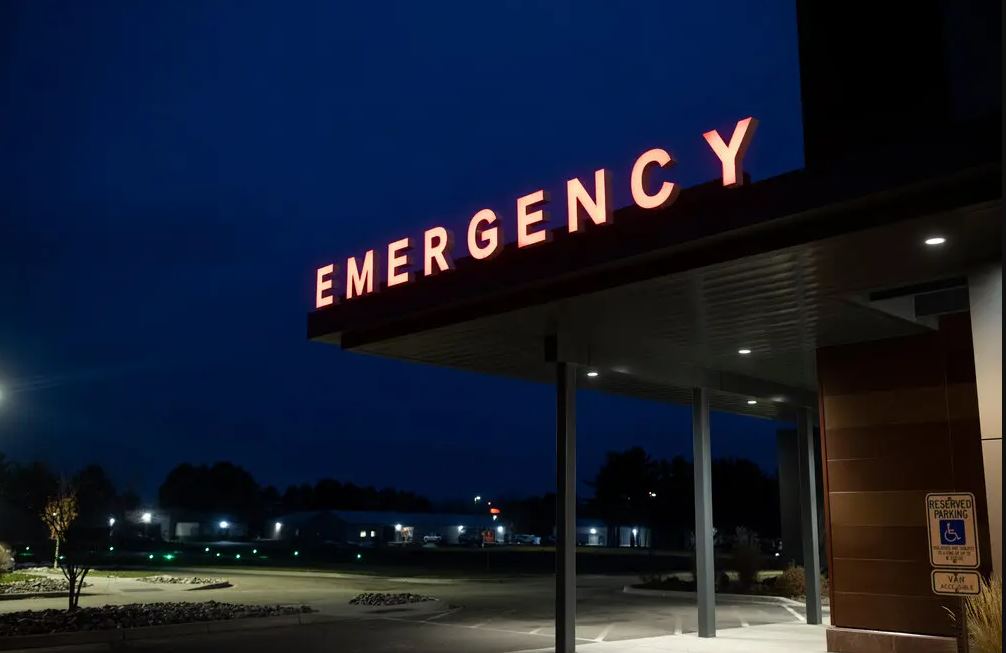According to a paper published in the Journal of the American Medical Association, the number of youth and young adult ER visits connected to mental health issues skyrocketed between 2011 and 2020. Suicide-related visits had a fivefold rise, the highest of any category. Researchers and doctors who compiled the paper said their results showed a “urgent” need for more crisis assistance.
The study, which used information from the National Hospital Ambulatory Medical Care Survey, counted the number of yearly visits to the emergency room due to mental health issues for persons aged 6 to 24. The researchers observed that this number increased from 4.8 million in 2011 to 7.5 million in 2020, despite the fact that the total number of paediatric emergency room visits decreased during this time. As a result, the percentage of people visiting the emergency room due to mental health problems than quadrupled, going from 7.7 percent to 13.1 percent.
Visitation rates increased for numerous diagnoses, including psychosis, drug abuse, and mood and behavioural disorders. But the rise in suicide-related ER visits among children was the most striking, from 0.9% in 2011 to 4.2% in 2020.
Medical services have not kept pace with the rising prevalence of mental health issues among children and adolescents. Many families are turning to emergency rooms for assistance with mental health concerns because there are not enough treatment choices and preventative care available. According to a recent study by The New York Times, hundreds of young people are spending their nights in emergency departments as they wait to be admitted to appropriate treatment programmes.
The nation’s healthcare system has been developed over many years to treat children and teenagers who have contracted illnesses or been injured in accidents. Despite the persistence of such problems, there has been a dramatic change in the types of illnesses experienced by young people. According to a research published in 2019 by the American Academy of Paediatrics, “mental health disorders have surpassed physical conditions” as the leading cause of “impairment and limitation” in young people.
Even if inpatient and outpatient treatment options have shrunk, paediatrician education has not kept pace, and emergency departments are not set up to manage mental health issues but rather to triage patients.
According to the study published in JAMA, there is a “critical need” to increase access to outpatient and urgent care clinics, as well as school-based programmes. Some state and federal lawmakers are looking into expanding coverage to account for the shifting dangers young people face.

